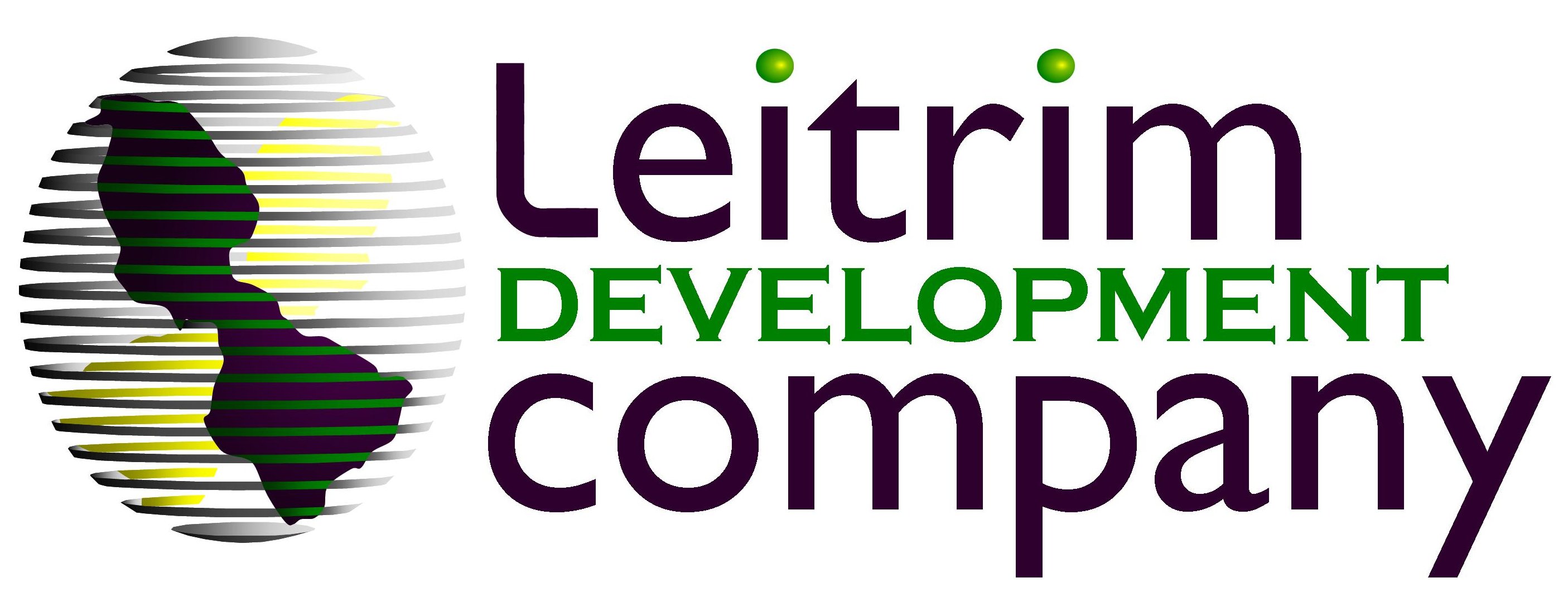The Floppy Disk Controller (FDC) is a crucial component in computer hardware, responsible for managing the reading and writing of data to and from floppy disk drives. During the early years of personal computing, floppy disks were among the primary forms of data storage and transfer. The controller acted as a bridge between the computer’s central processing unit (CPU) and the floppy disk drive, interpreting commands, controlling data flow, and ensuring proper data formatting. Although floppy disks have largely been replaced by modern storage devices, the floppy disk controller remains a significant part of computing history and serves as a foundation for understanding how data controllers operate in storage systems.
Function and Operation of the FDC
The floppy disk controller operates by converting digital commands from the CPU into electrical signals that control the drive’s motor and read/write heads. When a user initiates a read or write operation, the FDC manages data timing, sector addressing, and synchronization. It ensures that data stored on the magnetic surface of the floppy disk is accurately read and transmitted back to the CPU. In write operations, it takes binary data from the computer, encodes it, and writes it onto the disk in a specific track and sector format.





